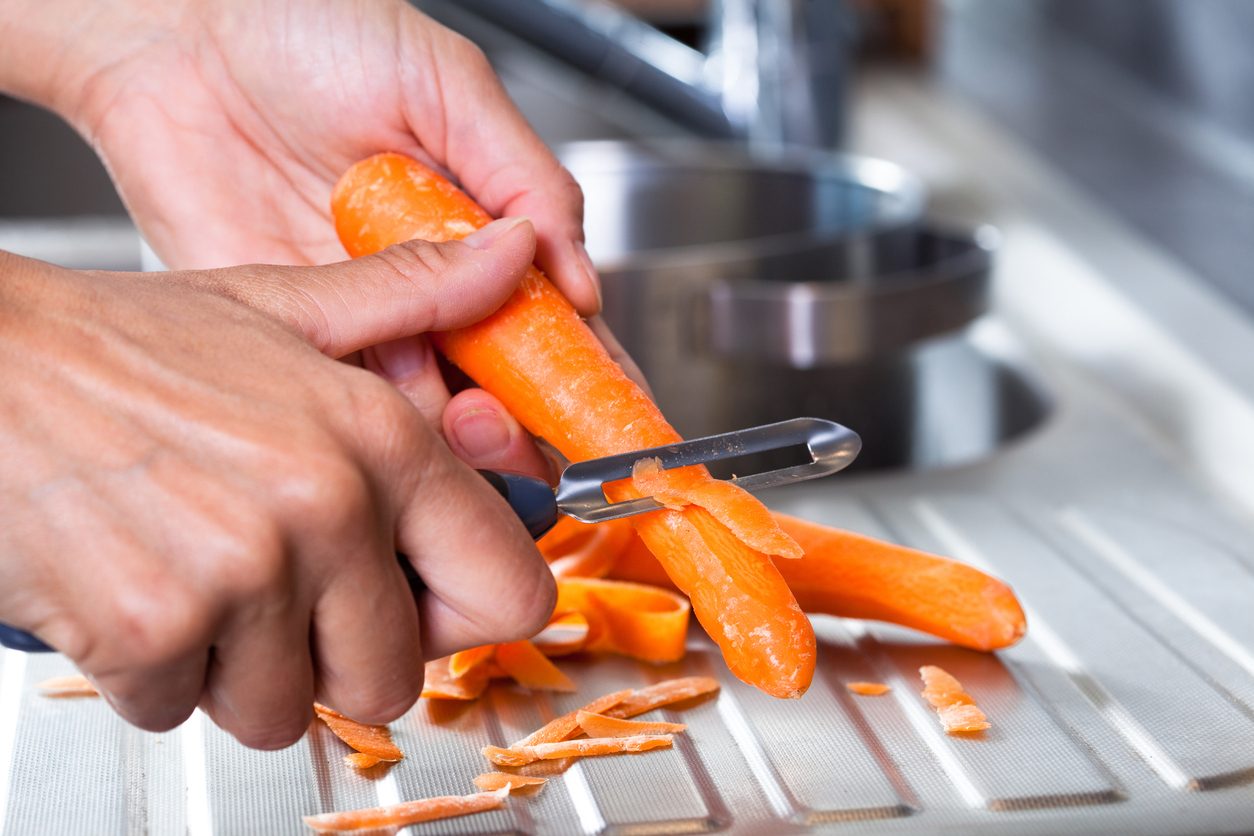Why Do Pie Recipes Ask You to Dock the Pie Dough? Is It Really Necessary?
Docking pie dough involves pricking it with a fork or specialized tool before baking. This allows steam to escape, preventing bubbles and ensuring even baking. It also helps avoid soggy crusts by preventing air pockets and controls crust thickness for the ideal balance of flakiness and tenderness. Docking ensures a crisp, well-structured crust that enhances the pie's overall texture and appearance.

Baking enthusiasts often encounter perplexing instructions in recipes, and one such instruction is to "dock" the pie dough. But what does this entail, and why is it necessary to achieve the perfect pie crust?
What Does it Mean to Dock Pie Dough?
Docking dough is a technique commonly employed in pie-making, but its significance is often overlooked or misunderstood. Essentially, docking involves pricking the surface of the dough with a fork or specialized tool before baking. Docking pie dough involves making small perforations or holes in the surface of the dough before baking. This can be done using a fork, a specialized docking tool, or even a pastry docker. When pie dough is docked, the small perforations created allow steam to escape during baking. Without this ventilation, steam trapped within the dough could cause unsightly bubbles or pockets to form, distorting the shape of the crust. Docking ensures that the crust bakes evenly, preventing it from puffing up excessively and maintaining its intended shape.

The Importance of Docking Pie Dough
Docking dough is a common technique in pie-making, yet its importance is often underestimated or misunderstood. This seemingly simple step serves several critical purposes in the preparation of pie crusts:
1. It Ensures Even Baking
One of the primary functions of docking is to allow steam to escape during the baking process. Without adequate ventilation, steam trapped within the dough can lead to the formation of unsightly bubbles or pockets, distorting the shape of the crust. Docking ensures that the crust bakes evenly, preventing it from puffing up excessively and maintaining its intended shape.
2. It Prevents Soggy Crusts
Furthermore, docking helps prevent the formation of air pockets between the crust and the filling. These pockets can result in soggy or undercooked areas in the crust, compromising its texture and structural integrity. By creating a uniform surface with evenly distributed perforations, docking promotes consistent heat distribution and thorough baking, resulting in a crisp, golden crust that complements the pie's filling.

3. It Helps Control Crust Thickness
In addition to its functional benefits, docking also plays a role in controlling the thickness of the crust. By creating perforations in the dough, bakers can influence its thickness and density, ensuring that it strikes the perfect balance between flakiness and tenderness. Properly docked dough yields a crust that is sturdy enough to support the filling yet delicate enough to melt in the mouth, enhancing the overall eating experience.
;Resize,width=767;)
;Resize,width=712;)
;Resize,width=712;)

